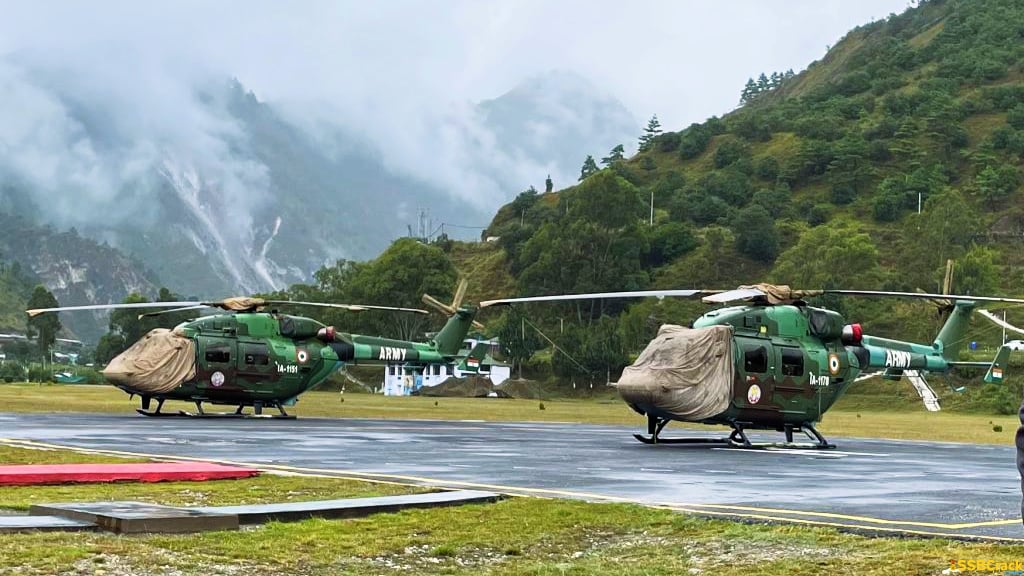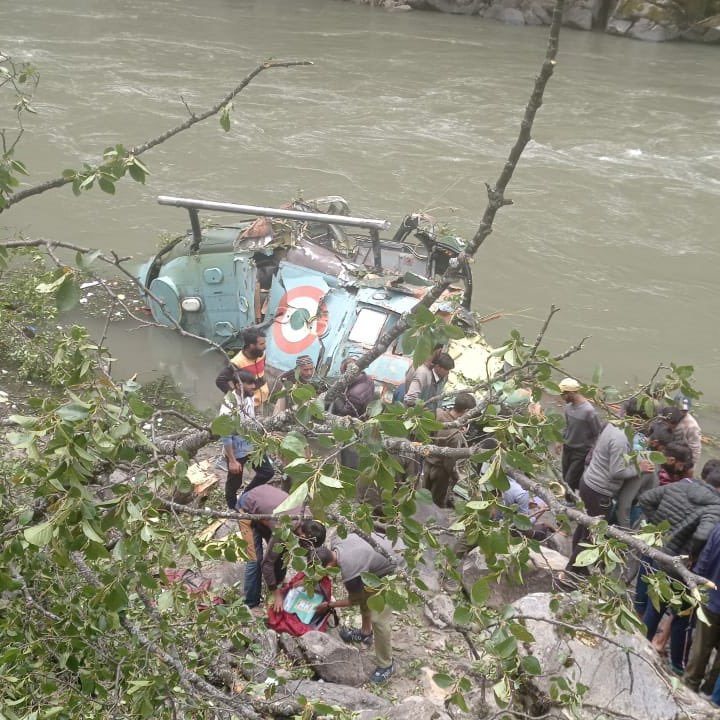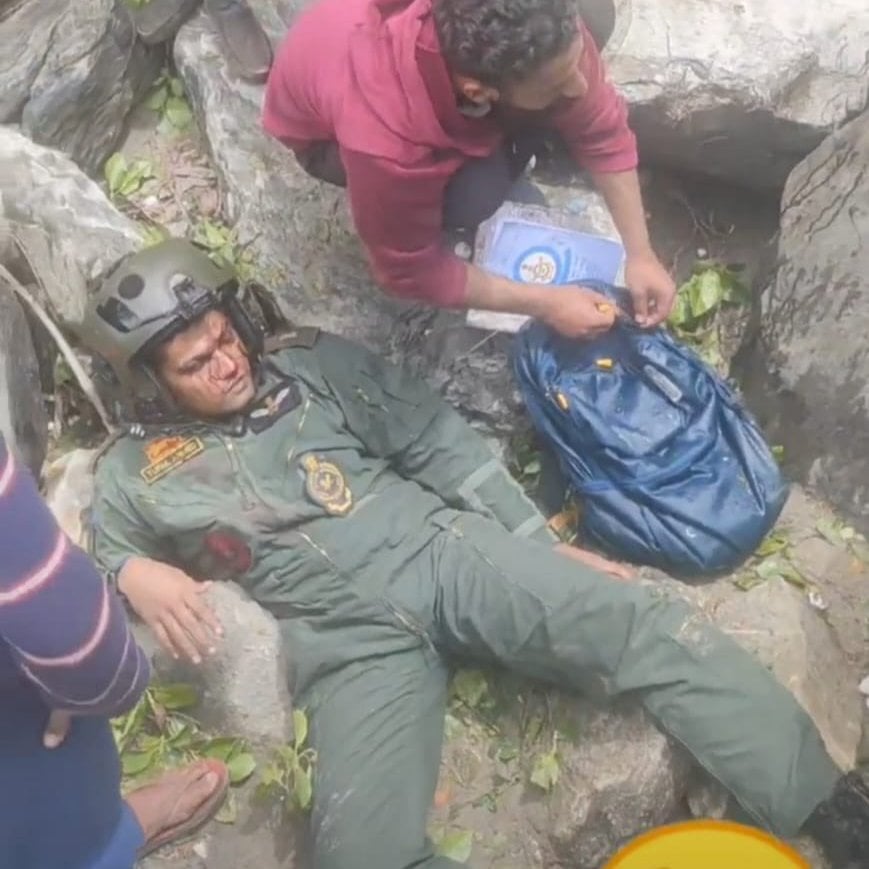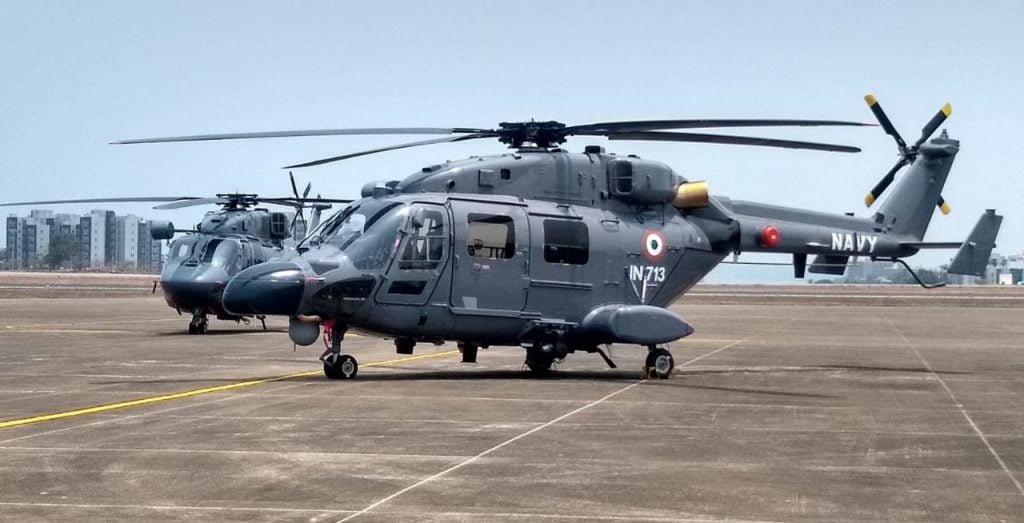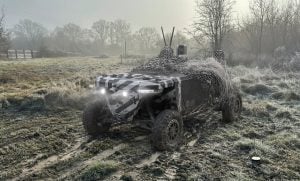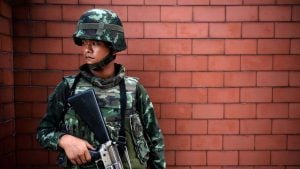According to the latest reports and research, a critical Design Review is needed for the ALH Dhruv Helicopters which is involved in a string of accidents, one of which happened in the last week. The top Government regulatory body suggests that a certification is required to make the helicopter more operational and efficient.
Report by CEMILAC
Bangalore-based Centre for Military Airworthiness and Certification (CEMILAC) made a report on the ongoing crashes of Dhruv and accordingly sent the report to the three services of the Indian Armed Forces and the Coast Guard. According to this report, a safety-critical system review is necessary for the helicopter even though the helicopter has a mature and stable design. In the last 5 years, 12 accidents have been reported involving the Light Helicopter. This Helicopter is Operated by all the defence services of India the Army, Navy, Air Force, and Coast Guard.
Also read: 3 Hard Landings In 2 Months: Should Indian Army Worry On Its High Dependency On Dhruv Choppers?
CEMILAC comes under the functions of DRDO, and it came to the conclusion that a design review of the booster rods is mandatory after a committee was formed when a Navy ALH got ditched into the Arabian Sea. These rods allow pilots to control the helicopter’s motion, and any failure can severely affect power input to the rotor blades and cause accidents. Most of the helicopters are under the government check for now after various accidents took place in a series. According to the Indian Air Force, the Light Combat Helicopter (LCH) was also grounded for certain mandatory checks. The Indian armed forces operate more than 300 multi-role DHRUVs which makes the design review critical. All these Heli are designed and developed by state-run aircraft maker Hindustan Aeronautics Limited. HAL began delivering these helicopters in the early 2000s.
Also read: Army ALH Dhruv Helicopter Crashes In J&K, Pilots Safe
The design, development, and qualification of the steel booster control rods that are tolerant to assembly errors shall be expedited, and the compliance of the new design shall be aimed for implementation in six months to one year. Though the helicopters are mature from a design standpoint, having been exploited for more than 3 lakh hours, there is still scope for an expert committee to review the design/lifting aspects of the safety-critical system as a long-term measure.
After the navy DHRUV ditched into the sea due to an unexplained loss of power, the three services stopped their DHRUV fleets for safety assessments. The naval helicopters are still grounded, while the IAF is releasing its DHRUVs in groups following the required examinations. The army had resumed DHRUV operations a few weeks before the May 4 crash landing, following which the helicopter was halted once more.
Certain tests and checks will be conducted following the crash. These tests will include flight testing of two helicopters with instrumented control rod assemblies to check the multi-axis stresses on the control rods, as well as fatigue testing of the rods with appropriately assembled serrated washers to confirm their original capacity. The top regulatory authority has also requested the development of an accelerated life testing (ALT) approach to identify any additional potential failure modes and to evaluate the life of the DHRUV’s integrated dynamic system (IDS).
To crack the SSB Interview and join the Indian Army as an Officer, You can join our SSB interview live classes batch and we recommend you to Enroll SSB INTERVIEW ONLINE COURSE. Trusted by thousands of defence aspirants.

